Non-structural misalignments of body posture in the sagittal plane
- PMID: 29516039
- PMCID: PMC5836359
- DOI: 10.1186/s13013-018-0151-5
Non-structural misalignments of body posture in the sagittal plane
Abstract
Background: The physiological sagittal spinal curvature represents a typical feature of good body posture in the sagittal plane. The cervical and the lumbar spine are curved anteriorly (lordosis), while the thoracic segment is curved posteriorly (kyphosis). The pelvis is inclined anteriorly, and the lower limbs' joints remain in a neutral position. However, there are many deviations from the optimal body alignment.The aim of this paper is to present the most common types of non-structural misalignments of the body posture in the sagittal plane.
Main body of the abstract: The most common types of non-structural misalignments of body posture in the sagittal plane are as follows: (1) lordotic, (2) kyphotic, (3) flat-back, and (4) sway-back postures. Each one may influence both the skeletal and the muscular system leading to the functional disturbance and an increased strain of the supporting structures. Usually, the disturbances localized within the muscles are analyzed in respect to their shortening or lengthening. However, according to suggestions presented in the literature, when the muscles responsible for maintaining good body posture (the so-called stabilizers) are not being stimulated to resist against gravity for an extended period of time, e.g., during prolonged sitting, their stabilizing function is disturbed by the hypoactivity reaction resulting in muscular weakness. The deficit of the locomotor system stability triggers a compensatory mechanism-the stabilizing function is overtaken by the so-called mobilizing muscles. However, as a side effect, such compensation leads to the increased activity of mobilizers (hyperactivity) and decreased flexibility, which may finally lead to the pathological chain of reaction within the musculoskeletal system.
Conclusions: There exist four principal types of non-structural body posture misalignments in the sagittal plane: lordotic posture, kyphotic posture, flat-back posture, and sway-back posture. Each of them can disturb the physiological loading of the musculoskeletal system in a specific way, which may lead to a functional disorder.When planning postural corrective exercises, not only the analysis of muscles in respect to their shortening and lengthening but also their hypoactivity and hyperactivity should be considered.
Keywords: Body posture; Corrective exercises; Faults of body posture; Flat-back posture; Kyphotic posture; Lordotic posture; Sway-back posture.
Conflict of interest statement
Not applicable.Written informed consent for publication of clinical images was obtained from the parents of the patient.The authors declare that they have no competing interests.Springer Nature remains neutral with regard to jurisdictional claims in published maps and institutional affiliations.
Figures




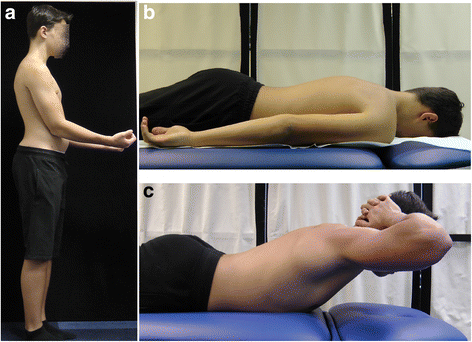
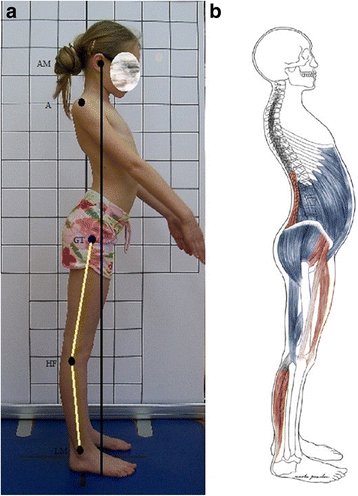

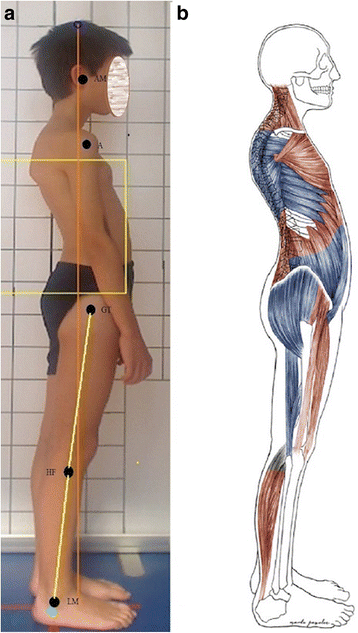
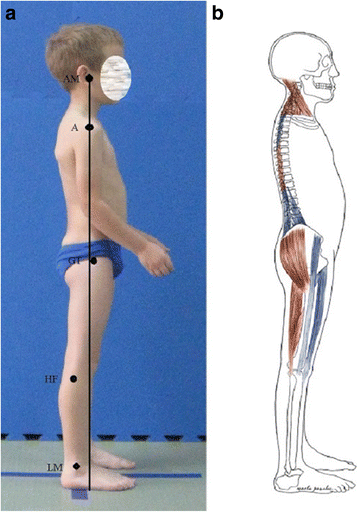
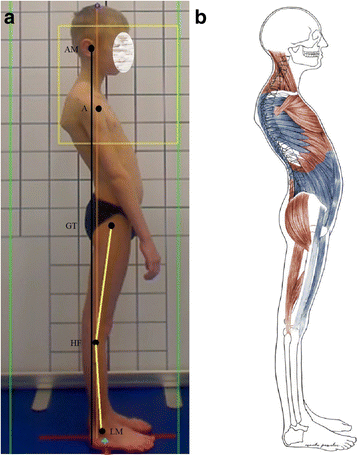




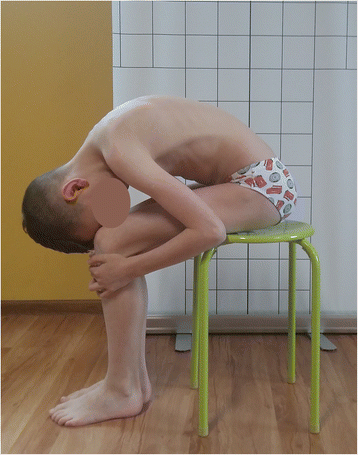
References
-
- Kendall F, McCreary E, Provance PG, Rodgers M, Romani WA. Muscle testing and function with posture and pain. Baltimore: Lippincott Williams & Wilkins; 2005.
-
- Levangie PK, Norkin CC. Joint structure and function: a comprehensive analysis. F.A. Davis Company, 2005.
Publication types
LinkOut - more resources
Full Text Sources
Other Literature Sources
Medical
Research Materials
